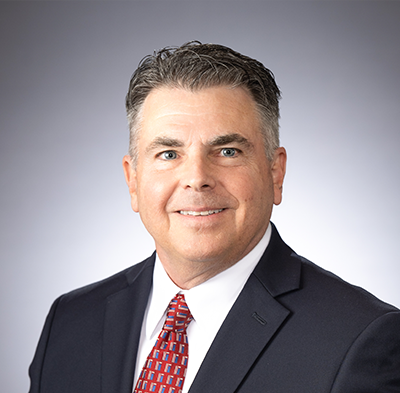Request a Quote
What Is a Good Shrinkage Value?
- Home
- Blog
- Technical Solutions
- What Is a Good Shrinkage Value?
| April 13, 2023

First, what is shrinkage?
The shrinkage of plastics signifies the volume contraction of polymers. This occurs during the cooling step of the processing of polymers. The contraction is partly due to the difference in the density of polymers from the melt state and the cooled, rigid state (Source: SpecialChem).
Polymers are very long molecules. Heat is needed to enable flow. Adding heat makes these long molecules expand and then they contract or shrink during the cooling process.
Polymers can shrink significantly, and our technicians will work with you to help you determine how much the polymers will shrink during processing, how the shrinkage impacts the individual part, the different ratios of shrinkage, and more.
Here are a few factors that we may discuss with you:
Published shrinkage values are often given as a broad range to cover many of the factors further described below or with a whole list of notes to suggest the narrow set of conditions that might make that shrinkage number ‘relevant.’ Our preferred approach is to have an experienced Technical Representative discuss the application with your Design Engineer, Tooling Engineer, and Processor and to use collective feedback from the team to determine an optimal starting point for a given part or tool configuration.
Many factors affect the shrinkage of a polymer when molded or processed by various means. These include, but are not limited to the following:

Please note, as with any shrinkage assistance, the final responsibility for part size, quality and performance is that of the owner and designer of the tool, and prototype tools are always one of the best ways to pre-test a shrinkage suggestion. Critical areas of tooling should be inserted and designed for a size adjustment upon first article inspection feedback. We offer suggestions based on our knowledge of, and experience with, the materials under consideration, as just one factor for consideration in proper concurrent or multi-disciplinary engineering of your tool.
Our Technical Team Will Help You Find the Best Rate
Shrinkage of polymers has a significant impact on several factors during the design process. Shrinkage must be accounted for at the very beginning of the process to ensure a part comes out with the desired dimensions. Nexeo Plastics’ Technical Representatives will discuss the application process with you in an effort to ensure the best starting point and to help you obtain the best outcome.
Please contact your field-based Technical Service Representative or our materials and processing experts in Nexeo Plastics Tech Connect Center, [email protected], for assistance in tool design, process, shrinkage, material properties, material options, part testing, and more.

Bob Burton | Supervisor, Technical Connect Center
As the Manager of Nexeo Plastics Tech Connect Center, Bob oversees the Technical Representatives who assist customers with their selection of plastic materials and processing methods. With 45 years in the plastics industry, and 23 years in distribution, Bob has extensive experience in injection molding, blown and cast film, spinning, compounding, blow molding and extrusion. Bob has a Master of Science degree in Polymer Science, and he is also a designated RJG Master Molder.
Follow me on: LinkedIn